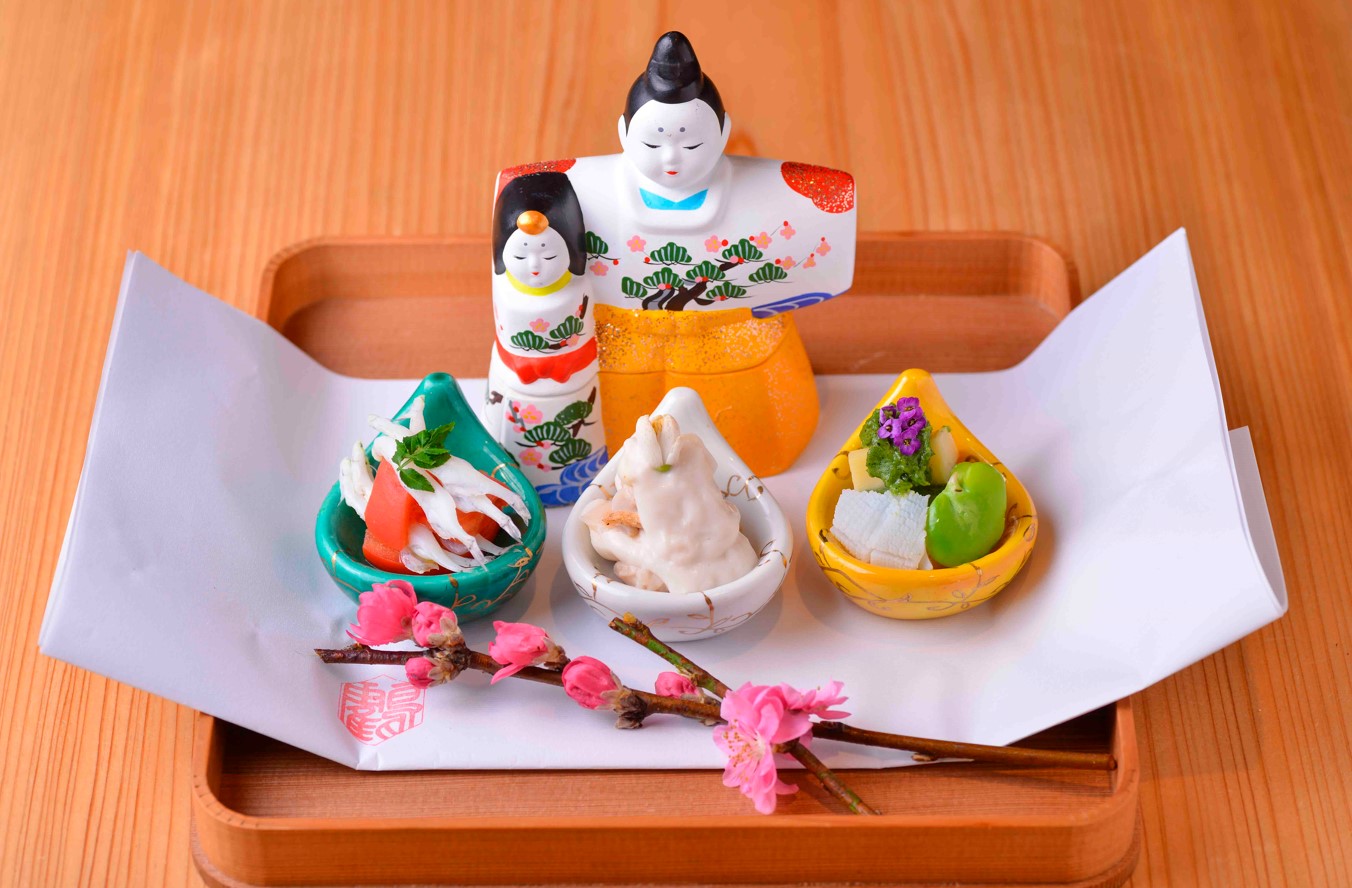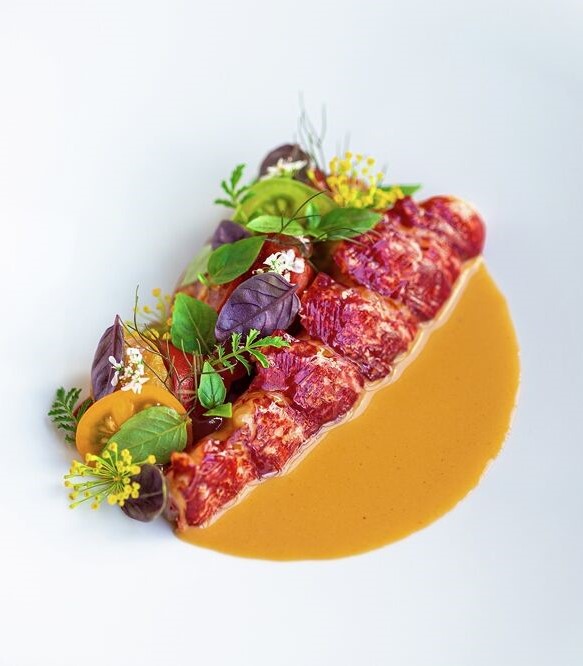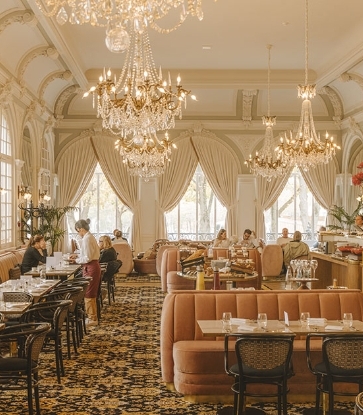“Tsuru to Kame” is a Japanese Kappo-style restaurant located on Ginza Namiki-dori, operated entirely by a female team. The owner, who has been running multiple Japanese restaurants since the beginning of the Heisei era, always dreamed of establishing a female-staffed restaurant in the male-dominated world of Japanese cuisine. As the business grew, he saw that the female staff had matured and were ready to open a restaurant, making his long-cherished dream come true. Currently, second-generation head chef Atsumi Saito leads the all-female kitchen and service team. The restaurant features traditional interiors, with a ceiling woven from thin slices of wood (ajiro) and walls plastered with soil (kyokabe) typical of top Japanese restaurants.

A Second-Generation Chef Born into a Culinary Family
Saito has been with Tsuru to Kame since its opening and was appointed head chef in 2022. Her father was a chef at the Japanese restaurant Asuka, which belongs to the same group that runs Tsuru to Kame. As the eldest of five children, Saito was naturally influenced by her father and decided to become a chef in the first grade. Saito entered the culinary world with dreams of cooking alongside her father, but she soon became frustrated as her male colleagues were entrusted with important tasks while she was relegated to menial ones.“My male superiors probably saw female staff as emotional and didn’t know how to manage them,” she says. “One thing I’ve noticed while leading an all-female team is that it’s easier to take care of young staff. Relationships tend to become more like friendships rather than a strict hierarchy like in male-dominated teams.”

Highlighting Seasonality with Haiku and Tanka
The restaurant serves two types of “omakase” courses that incorporate seasonal ingredients. For example, the “hassun” (appetizers set) is often accompanied by a piece of washi (traditional Japanese paper) with haiku or tanka written by Saito with a calligraphy brush.These traditional poems, created by each staff member, vary for each guest, serving as self-introductions and conversation starters. This practice makes the staff more attuned to the seasons and helps them use beautiful language when interacting with diners. “Ingredients like ‘Japanese icefish’ and ‘firefly squid’ are also seasonal terms important to these poems,” Saito says. “It makes me recognize that cooking is closely tied to the seasons. My hope is for customers to feel a connection to nature through these poems.”

Passing the Torch
Saito’s approach to management is to foster her team members’ interests and desire to learn. To enhance their curiosity, Saito organizes various lessons after morning preparations, including tea ceremony, calligraphy, haiku (traditional short poems), tanka (traditional longer poems), reading “Kojiki” (an ancient history book), chorus, and English. To her, the most valuable takeaway is the understanding of Japanese cuisine as part of culture and liberal arts. “We want to convey the sense of the 24 micro-seasons, a tradition in Japanese cuisine,” she says.“All the staff here are in their twenties, each with clear dreams of opening their own restaurants,” Saito says. She believes “Tsuru to Kame” will be act as a bridge to the younger generation’s dreams. In Japanese, “Tsuru” means crane, believed to live for 1,000 years, and “Kame” means turtle, believed to live for 10,000 years—both symbols of longevity. Ultimately, Saito and her team aim to hand down the tradition of Japanese cuisine to future generations for a thousand, if not 10,000 years and beyond.























